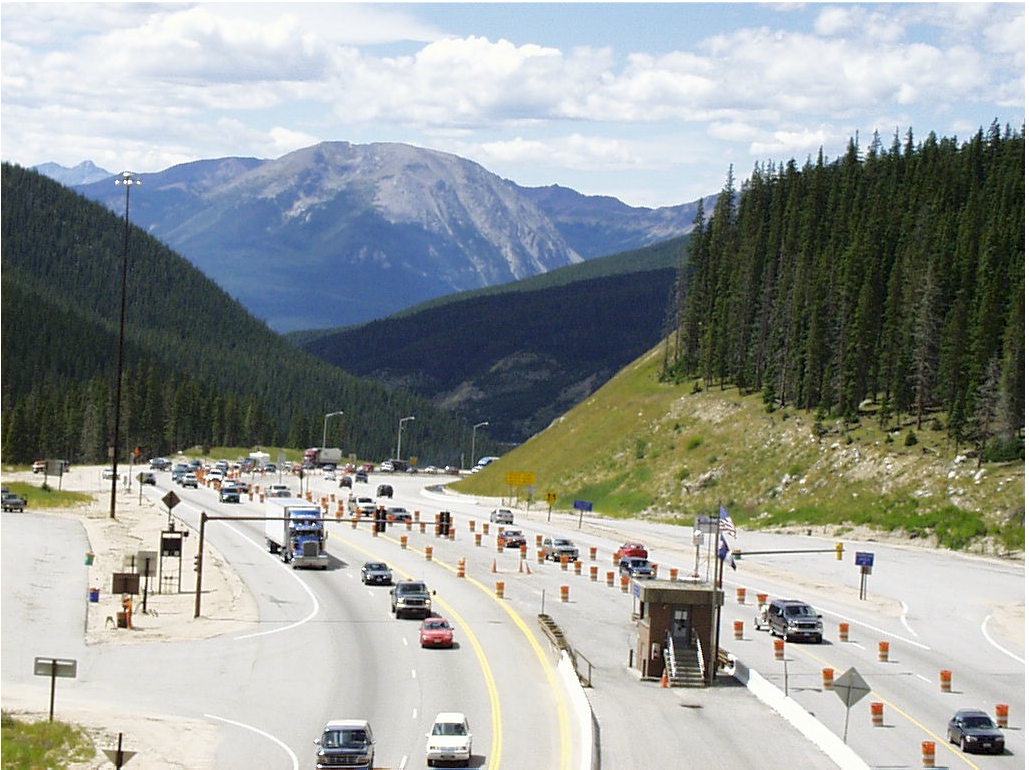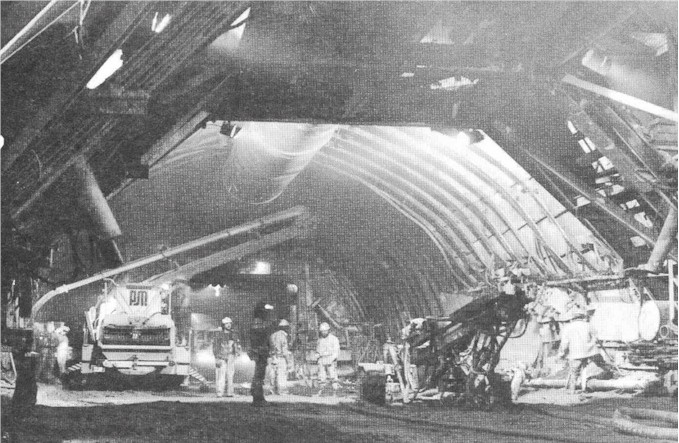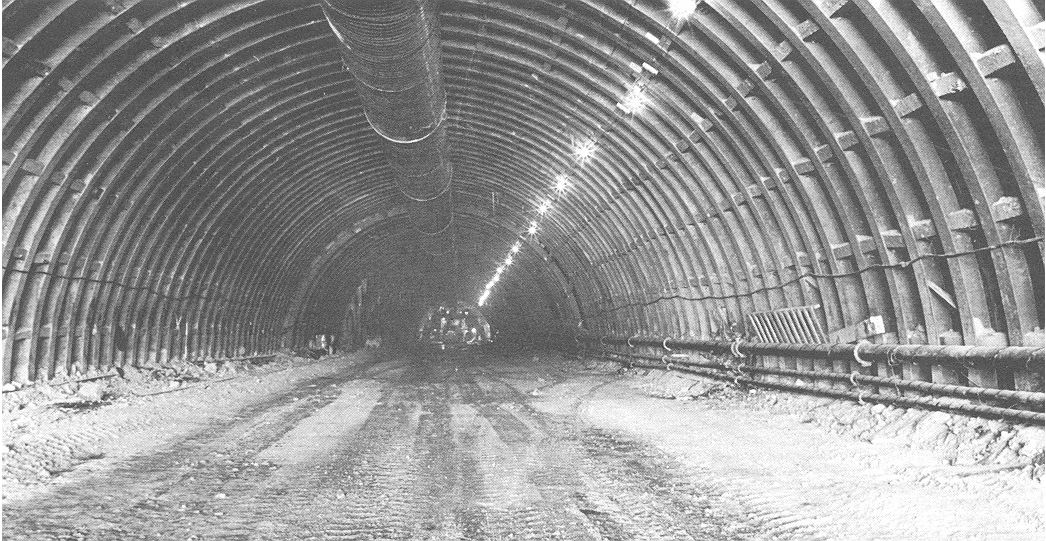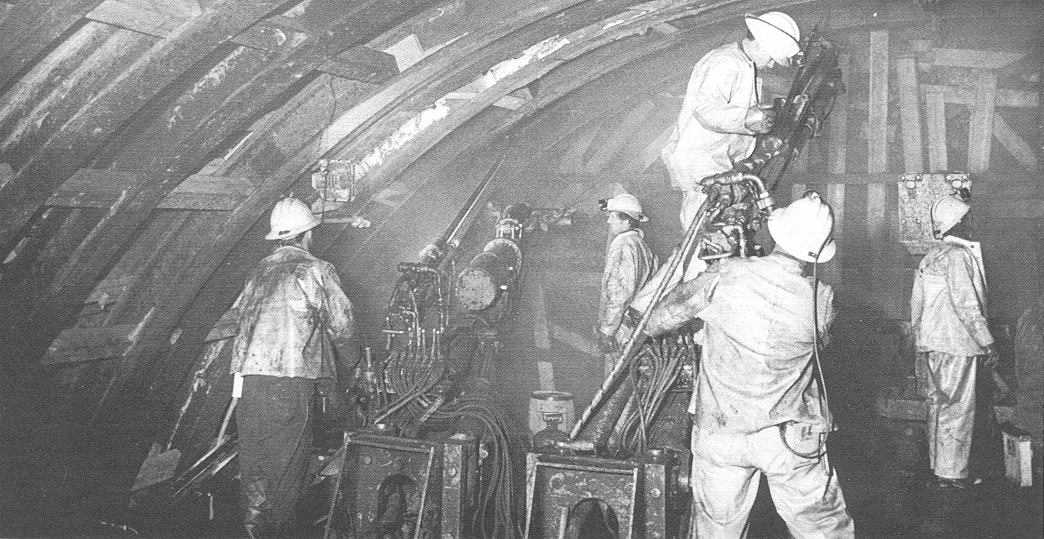This is the tenth in a series of entries celebrating infrastructure achievements in the United States.
What: Colorado’s Eisenhower Memorial Tunnel, the highest vehicular tunnel in the world, lies entirely within the Arapaho National Forest.
When: Construction on the westbound bore (North Tunnel) began March 15, 1968 and was completed five years later on March 8, 1973. This bore was originally called the Straight Creek Tunnel, and later was officially named the Eisenhower Memorial Bore. Construction on the second bore began August 18, 1975 and was completed four years later on December 21, 1979.
Why: The Eisenhower Memorial Tunnel facilitates movement of people, and goods from the Eastern Slope of the Rocky Mountains to the Western Slope.
Stats:
– Length: westbound (north) tunnel is 1.693 miles, and the length of the eastbound (south) tunnel is 1.697 miles
– Height: Maximum excavated height for the tunnels is 48 feet
– Width: 40 feet
– Elevation: 11,013 feet at the East Portal and 11,158 feet at the West Portal
Interesting facts: The Eisenhower Tunnel was first called the Straight Creek Tunnel, a name derived from the valley where the west portal is located.
More than 800 persons worked to build the Johnson Bore (the second bore), some 480 of them in actual drilling operations.
Traveling through the Tunnels the public saves 9.1 miles by not having to travel over U.S. Highway 6, Loveland Pass.
The electric bill averages approximately $70,000 per month.
The Tunnel operates 24-hours a day, seven days a week, employing 52 full-time employees with job duties that range from round the clock television surveillance, emergency response, tunnel washing, ventilation maintenance, tunnel sweeping, snow removal, heavy equipment servicing and repair, and water treatment.
During construction approximately 1 million cubic yards of material was cleared from each bore. 190,000 cubic yards of concrete was used for each tunnel lining.
Tags: Archival, CO, colorado, Great American Infrastructure, The Eisenhower Memorial Tunnel, Tunnels










 RSS Feed
RSS Feed